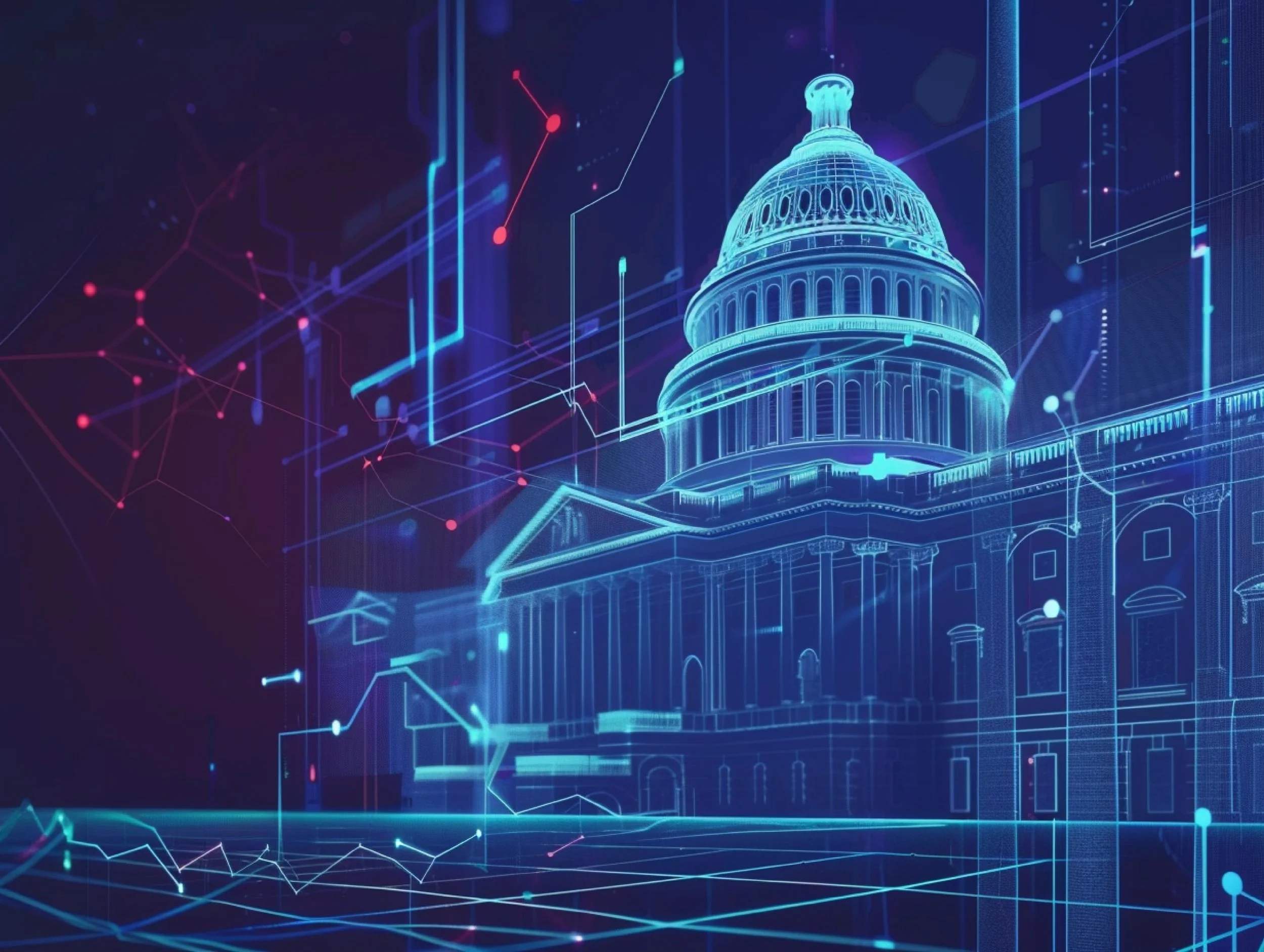The pressure on government agencies to deliver modern, efficient services is at an all-time high. According to the 2024 State CIO Survey, artificial intelligence (AI) ranks as the third-highest priority for state CIOs, with 60% of agencies already exploring its potential. Despite this growing interest, many organizations remain stuck at the starting line, uncertain about how to embark on their AI journey.
Read MoreThe pressure on government agencies to deliver modern, efficient services is at an all-time high. According to the 2024 State CIO Survey, artificial intelligence (AI) ranks as the third-highest priority for state CIOs, with 60% of agencies already exploring its potential. Despite this growing interest, many organizations remain stuck at the starting line, uncertain about how to embark on their AI journey.
Read MoreMany agencies are migrating to the cloud and deploying hybrid hardware and software solutions to meet constituent expectations for seamless online experiences. However, the budgeting strategies that most agencies rely on lack the flexibility and agility needed to build and maintain a modern, cloud-based tech infrastructure.
Read MoreMany agencies are migrating to the cloud and deploying hybrid hardware and software solutions to meet constituent expectations for seamless online experiences. However, the budgeting strategies that most agencies rely on lack the flexibility and agility needed to build and maintain a modern, cloud-based tech infrastructure.
Read MoreIn the digital age, government agencies are not meeting citizens' expectations regarding service delivery. Despite a 2.2% increase in citizen satisfaction with government services in 2024, the federal government earns a low grade of only 69.7 out of 100—and state and local governments lag even further behind. With 75% of respondents in a 2024 BCG survey expecting government services to match those of private companies like Apple, Google, and Uber, the bar is set very high.
Read MoreIn the digital age, taxpayers have high expectations for government services. According to a recent BCG worldwide survey, 75% of respondents said they expect government services to be on par with the best private sector institutions, including global digital leaders such as Apple, Google, and Uber. A substantial majority also expressed their eagerness for the government to offer more personalized and proactive services.
Read MoreAs we transition into the post-pandemic era, health and human services (HHS) organizations continue to drive cloud adoption at the state level, with the majority of departments applying cloud computing to their operations and service delivery. At the local level, however, cloud adoption remains far less prevalent. As of 2023, more than two-thirds of local governments were still approaching the delivery of digital government services in an ad-hoc manner, and 27% had yet to make plans for a more organized approach.
Read MoreAcross the United States, government agencies are increasingly moving to the cloud to benefit from cost savings, free themselves from maintaining expensive on-premises hardware, and gain the ability to scale infrastructure needs up and down. At the state level, the majority of health and human services departments have now moved their operations to the cloud. However, local governments lag far behind their state peers, with two-thirds still approaching digital services in an ad hoc manner.
Read MoreThere are many technology tools that help organizations migrate applications to the cloud, but those solutions solve only for the technology, not the process. Enquizit’s SkyMap® offers something different. As a process definition and enforcement tool, it both defines and enforces the migration process—helping Enquizit’s team of experts map out a customer’s migration with maximum efficiency and ensuring the customer is optimized in the cloud from their very first move.
Read More









